How to recycle and old sweater, where do you begin? It can be daunting to unravel an old favourite sweater or cardigan. It can be like saying goodbye to an old friend, with so many fond memories of when it was worn. Maybe it’s a garment that was previously knitted or owned by a loved one that you want to revive and use again.
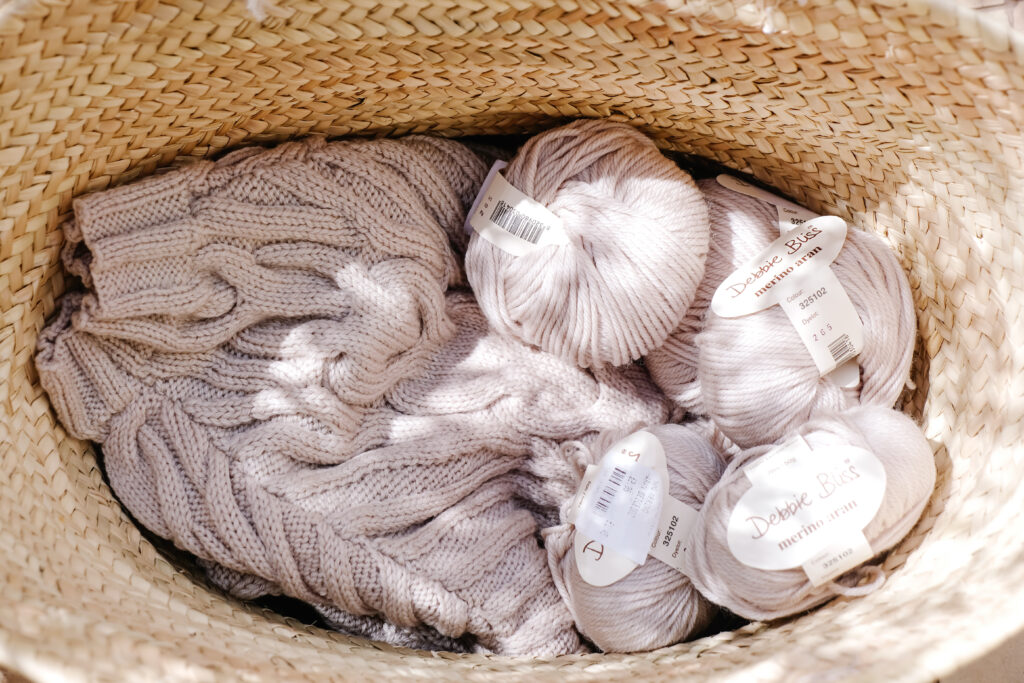
Why recycle wool?
Why recycle wool? We all have knitted items sitting in our wardrobes that we never wear. This may be because they no longer fit us, we no longer like the style or they are simply out of fashion. It therefore makes sense to re-cycle the wool from these items and create something new that we would love to wear again.
These items of clothing could be old or even relatively recent handmade items. They could also be mass-produced items purchased or found in charity shops. Either way, wool is a precious material and these days it is certainly a considerable investment to buy designer wool and knit a garment.
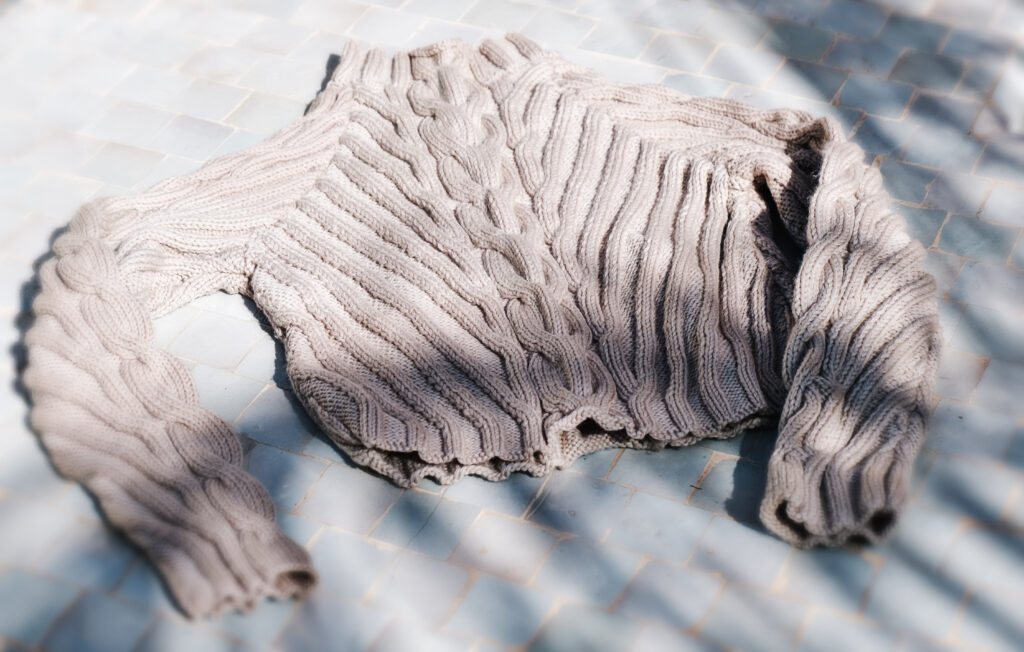
Deconstructing the sweater and preparing the wool.
I carefully unpicked the sweater, taking it back to the four original pieces and neckband. To have as much continuous wool as possible when unraveling the sections, it is worth being patient here. When unpicking the joins, it’s easy to cut into the edges, and if you’re not careful, you’ll end up with short, unusable wool lengths.
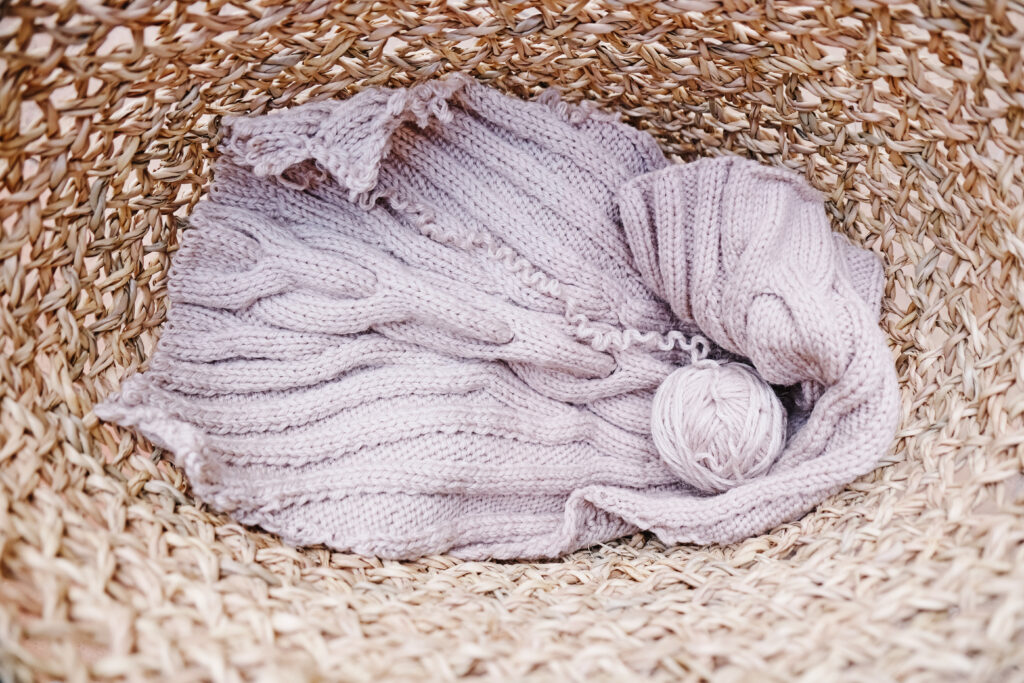
I made balls with each continuous length as the wool unraveled. In certain areas (such as the main body of the sweater), I was fortunate to uncover large quantities of wool, which would make it much easier to re-knit a new garment. I was also left with numerous smaller balls, which I decided would be suitable for knitting the sleeves, and stitching the finished garment together.
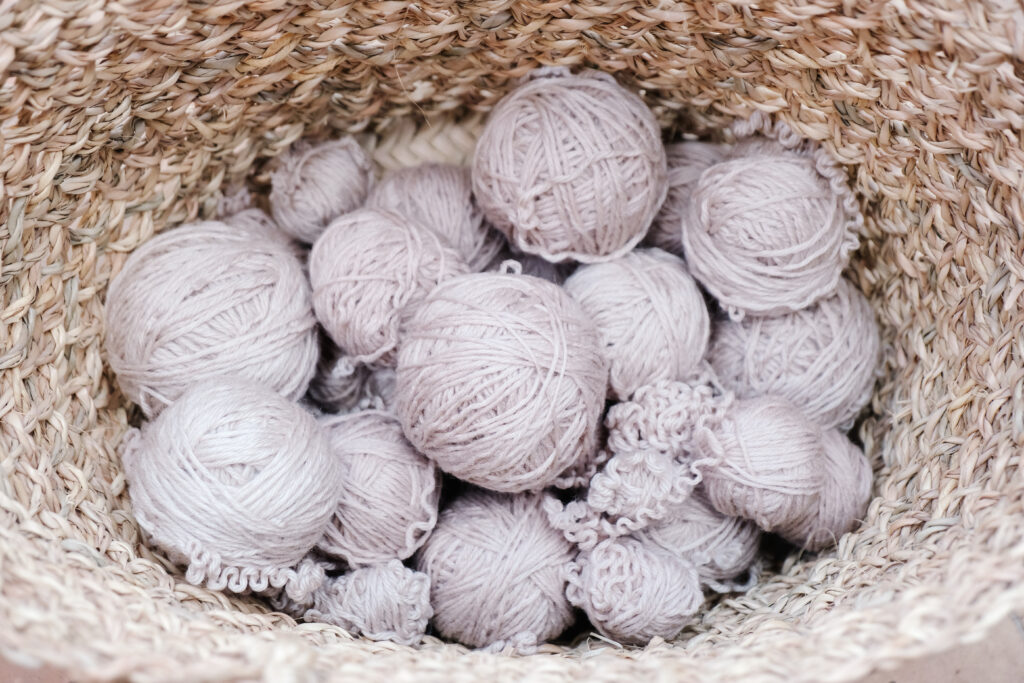
Knitting a sample
This is the first time that I have re-cycled wool, and I was initially hoping that I could simply knit it immediately up again. I am aware that I was being lazy!
I decided to knit a sample with the unraveled wool along side the new un-used wool. It was soon clear that the kink in the wool gave the finished sample an unwanted texture, and also caused the tension to be far too lose.
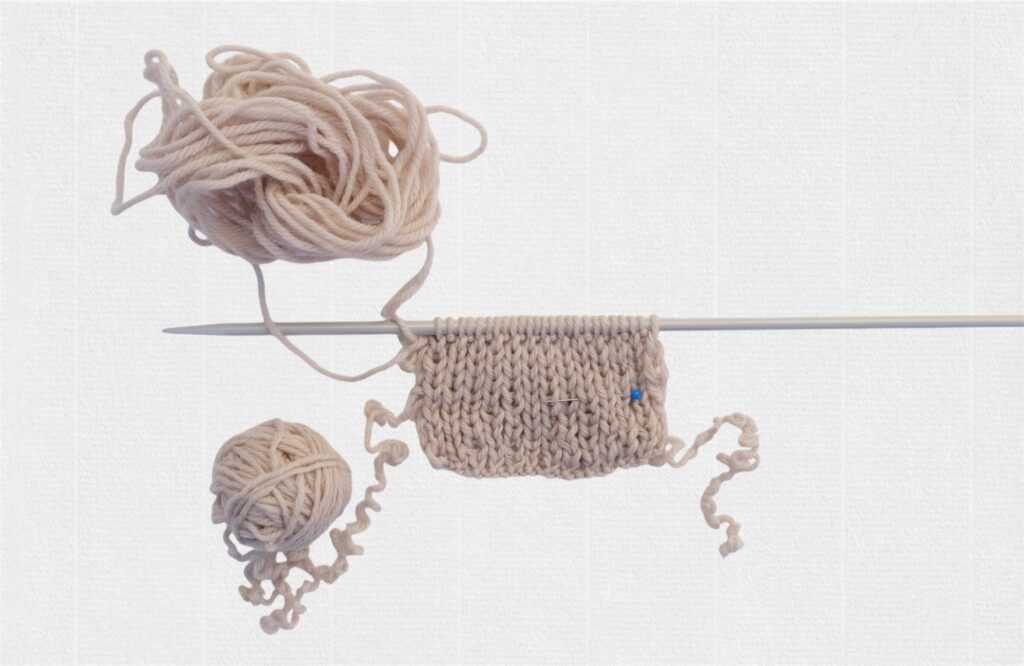
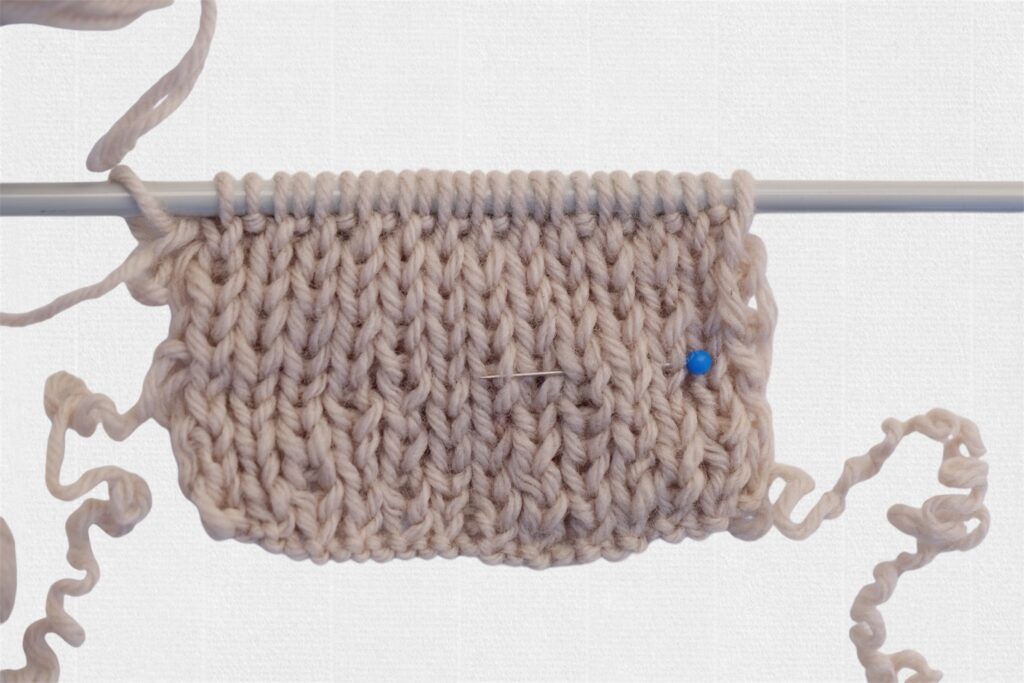
I had no choice but to straighten the wool before knitting with it again. I quickly came up with a simple and fast solution to do so, and I am going to share it with you now.
Preparing the recycled wool
Firstly, I needed to create hanks from the unraveled wool. I did this by wrapping the initial balls of wool around a folder as a form. I then tied the loose ends together. Next I used scraps of wool to keep each end tied in place and form a hank of wool. Once taken off the form it was clear to see the texture of the used wool.
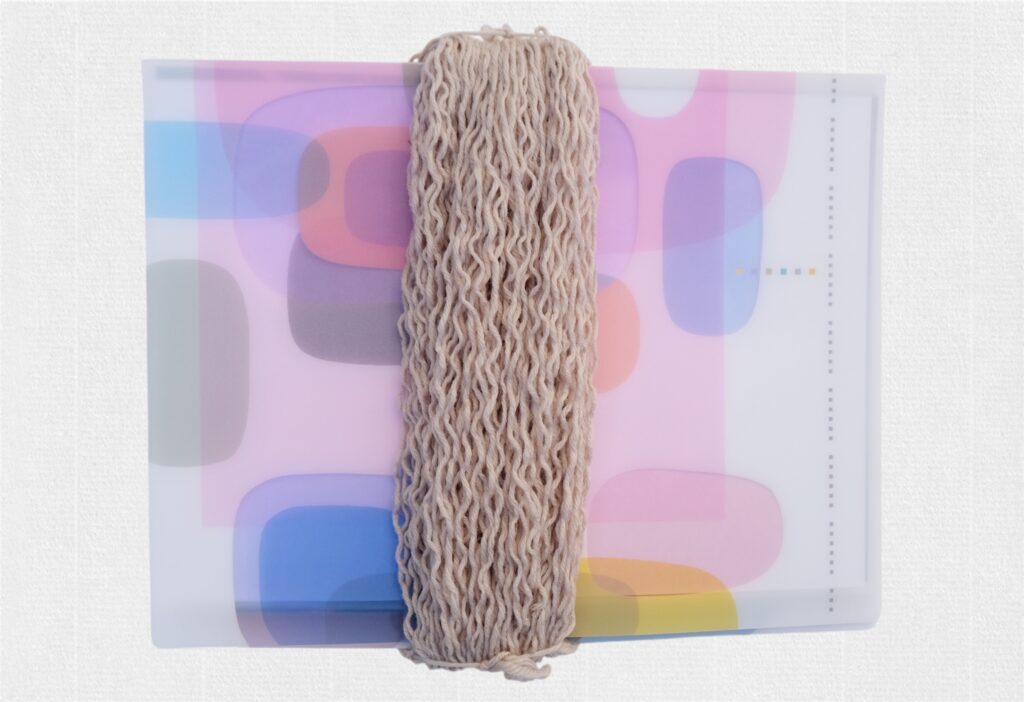
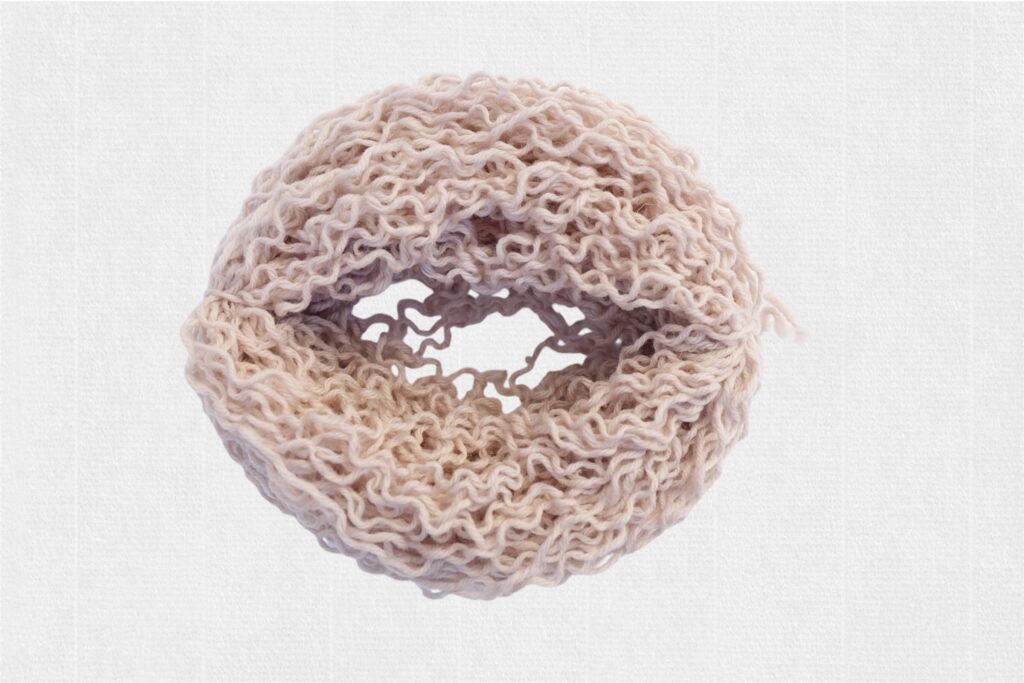
The next step was to simply steam the wool. I chose to do this using an open kettle as it came to a boil. Alternatively, you could also do this over a pan of boiling water on a stove if you prefer. So as not to scald myself and to create tension in the wool, I used knitting needles to pull the wool apart and hold the hanks over the kettle. In a matter of seconds, the wool relaxes and straightens! Relaxing each hank of wool should take less than a minute.
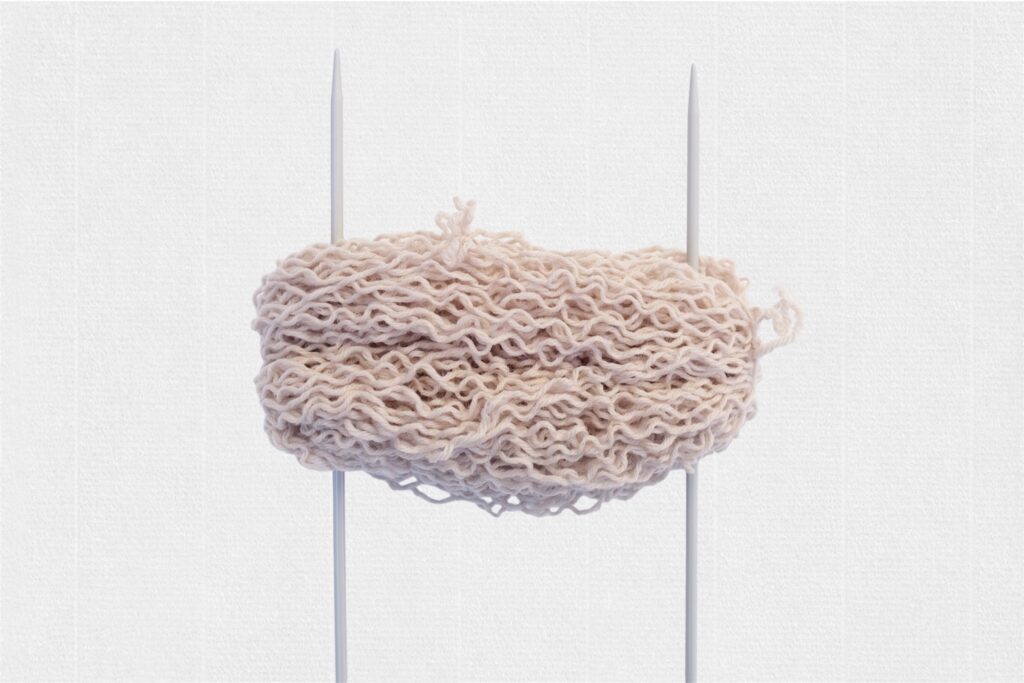
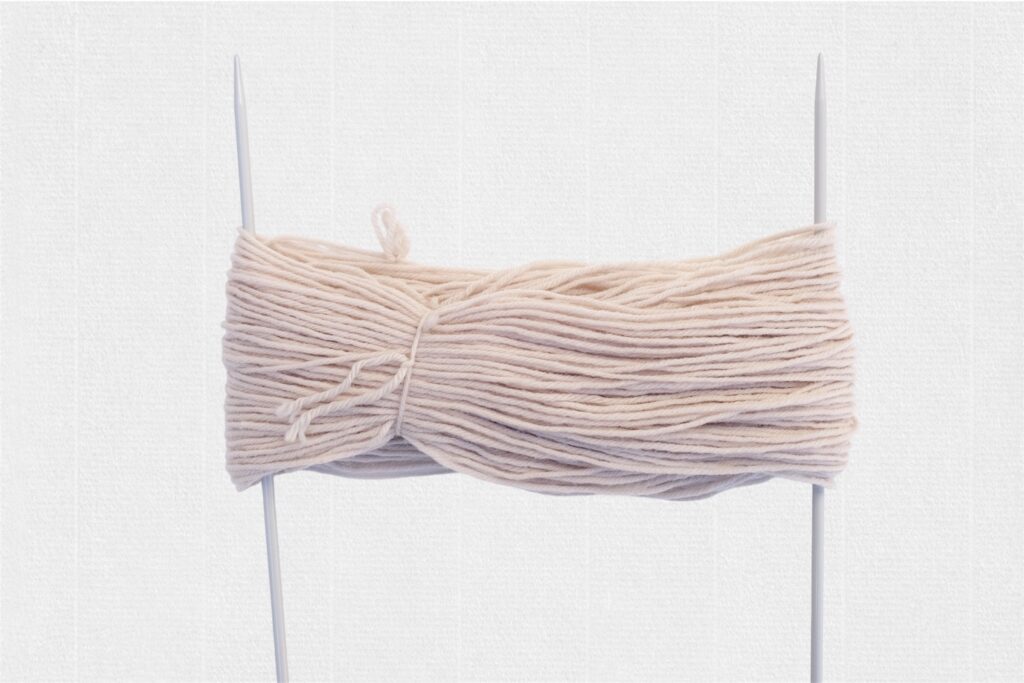
Finally, I placed the treated wool back on the form (a folder in my case) to create a ball of wool again ready for knitting. Putting the hank back on some form of support can prevent it from gathering and knotting while making the ball of wool.
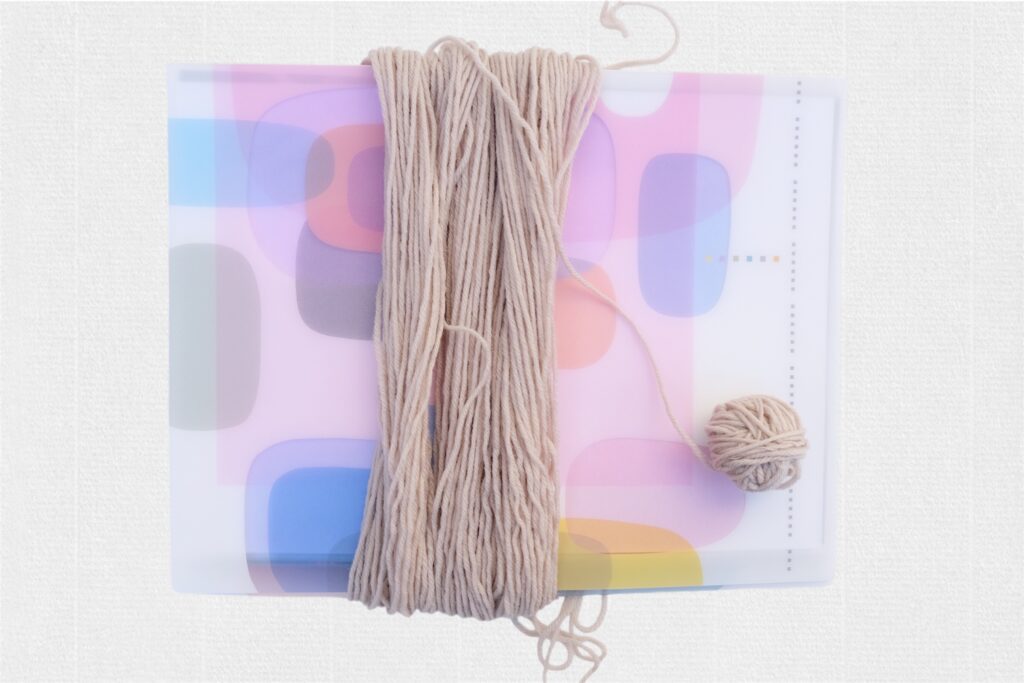
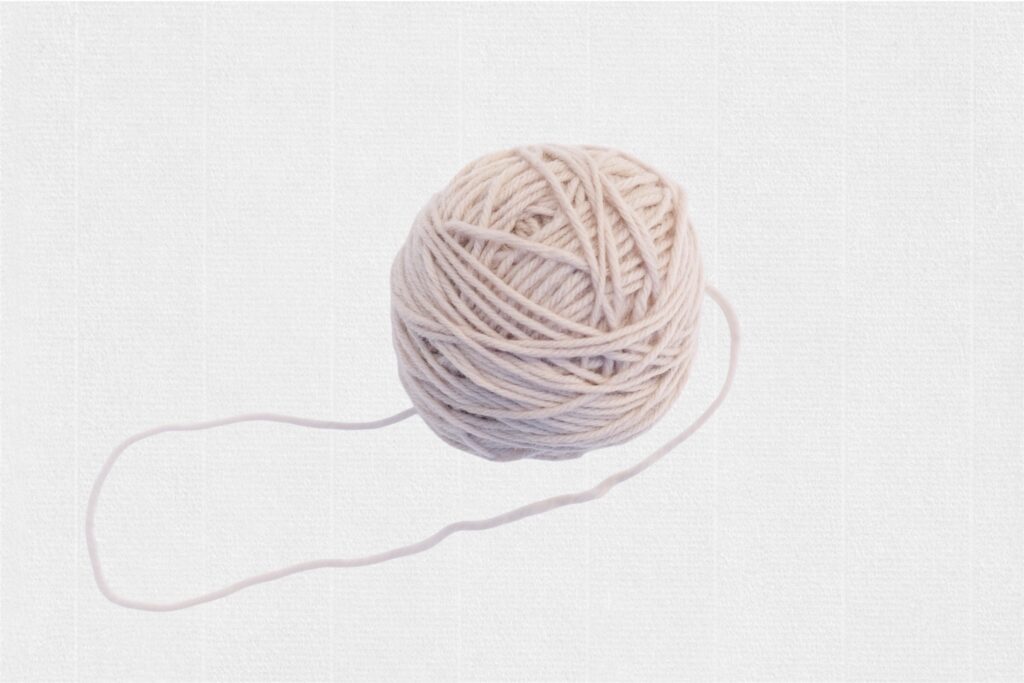
Conclusion
I thought that this process would be labour intensive, but in fact it is not so time consuming as I initially anticipated. Personally, I think it is worth reusing good quality and especially expensive designer yarns. At the end of the day, you have had twice the pleasure from the yarn and created something new to wear! You can also feel good about having re-cycled the wool and saving the planet at the same time.
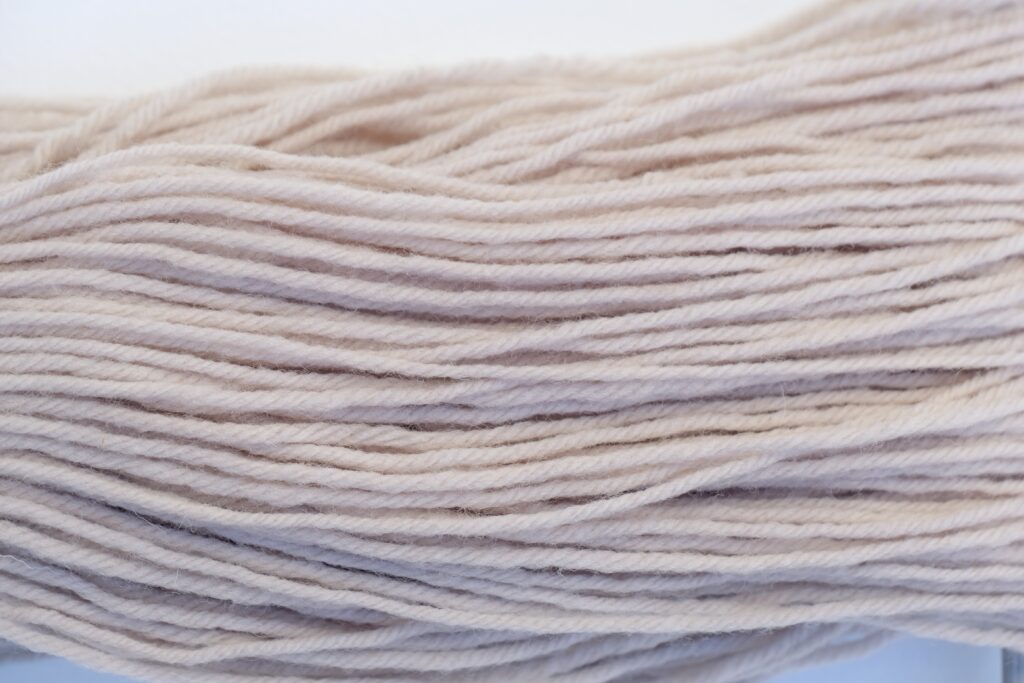
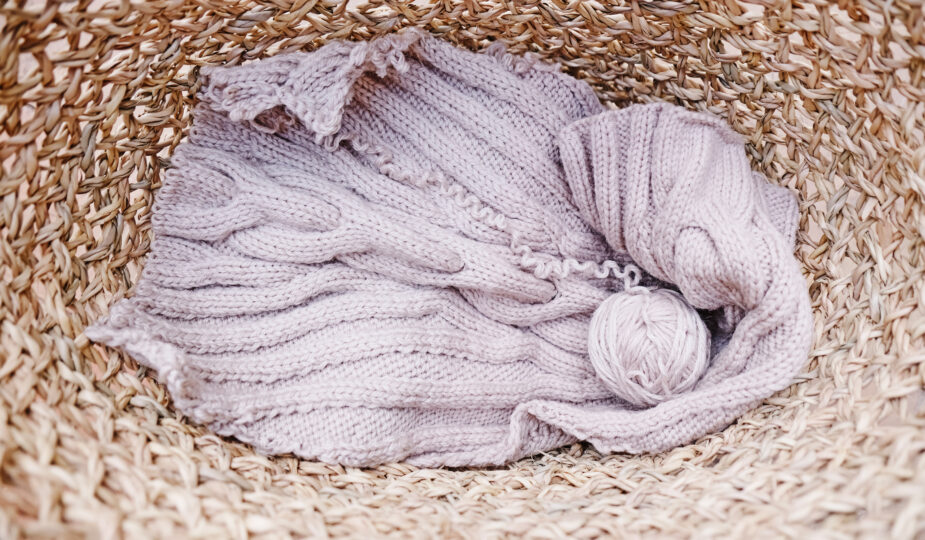





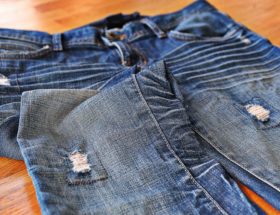

Leave a Reply